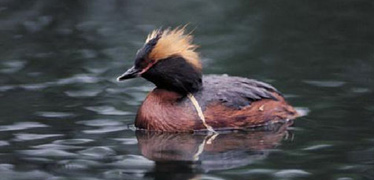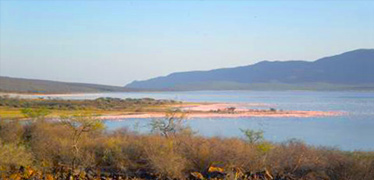Chironomids as environmental indicators
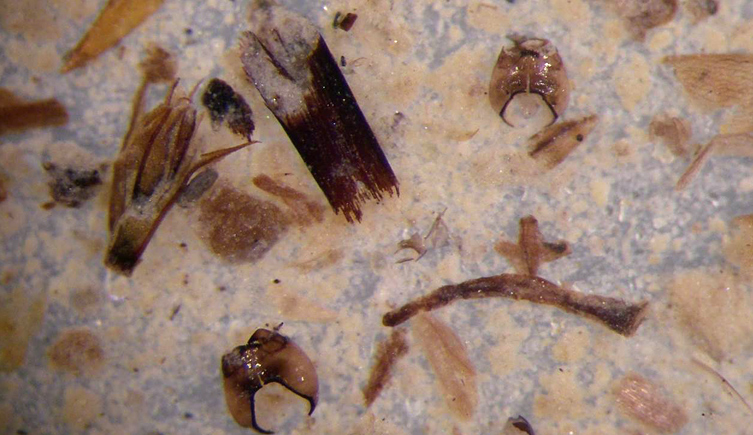
Chironomid remains preserved in lake sediments
Project summary
- Focus: Reconstructing environmental change through time using midge remains
- Funding: The Natural History Museum
Museum scientists have developed a 'midge thermometer' that allows us to reconstruct a highly detailed record of environmental and climatic change over thousands of years, accurate to within 1°C.
The abundance of Chironomidae in freshwater systems and their sensitivity to environmental conditions make them ideal environmental indicators.
Records from weather stations do not extend back long enough to capture the full extent of natural climate variability needed to be able to predict future climate change. By determining the temperatures, pH or nutrient concentrations favoured today by particular species of chironomids we are able to quantify past environmental conditions from the preserved head capsules
Methods
Chironomids will only complete their life cycle if the environmental conditions are suitable. They are sensitive to:
- summer temperatures
- the relative acidity (pH) of the water
- amount of nutrients in the lake water
- the presence of pollution or trace metals
The heads of the larval stage are deposited and usually well-preserved in lake sediments after each moult as they grow. The heads build up year after year in the sediment providing a natural archive of the chironomid species that have lived in the lake.
By studying the optimum summer temperature of over 200 common chironomid species we have established a 'midge thermometer'. Comparing the modern air temperature of a lake with the temperature estimated from the chironomid assemblage we find that our midge thermometer is accurate to within about 1°C of the actual temperature.
We can now estimate past air temperatures by identifying the most abundant chironomid species in lake sediment cores and their optimum temperature, reconstructing highly detailed records of past environmental change.
Museum staff
- Steve Brooks
- Dr Angela Self
- Frazer Bird
Publications
Brooks SJ, Langdon PG (2014) Summer temperature gradients in northwest Europe during the Lateglacial – Holocene transition (15-10 ka BP) inferred from chironomid assemblages. Quaternary International 341: 80-90.
Heiri O et al (2014) Validation of climate model-inferred regional temperature change for late-glacial Europe. Nature Communications 15:4914-4919.
Massaferro J, Larocque-Tobler I, Brooks SJ, Vandergoes M, Dieffenbacher-Krall A, Moreno P (2014) Quantifying climate change in Huelmo mire (Chile, Northwestern Patagonia) during the Last Glacial Termination using a newly developed chironomid-based temperature model. Palaeogeography, Palaeoclimatology, Palaeoecology 399: 214–224.
The midge thermometer
Read more about the midge thermometer and its applications in climate science.
Related projects
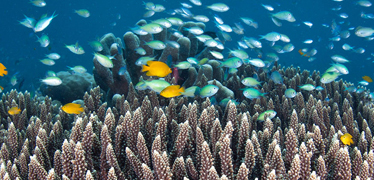
Origins, evolution and futures
We study the Earth's origins and environment, and the evolution of life.
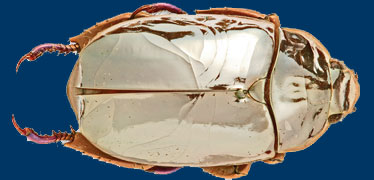
Insects research
Our scientists are conserving and investigating the Museum's collections to help with cutting-edge research.
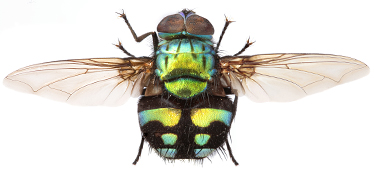
Diptera collections
The Museum's 2.5 million Diptera specimens are divided into British and international collections.

